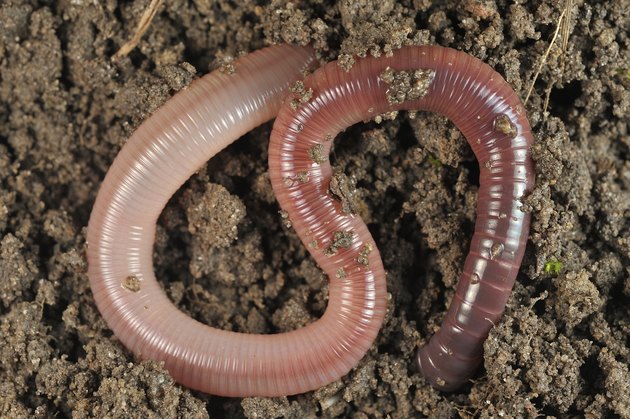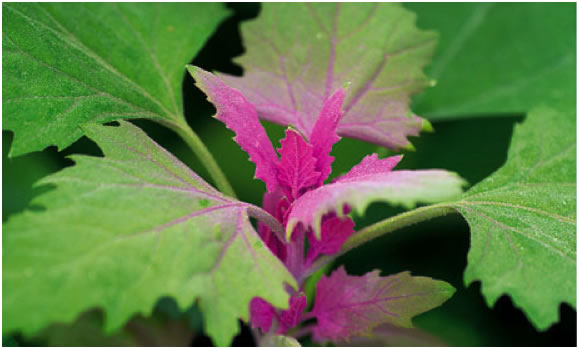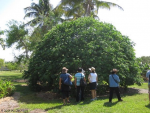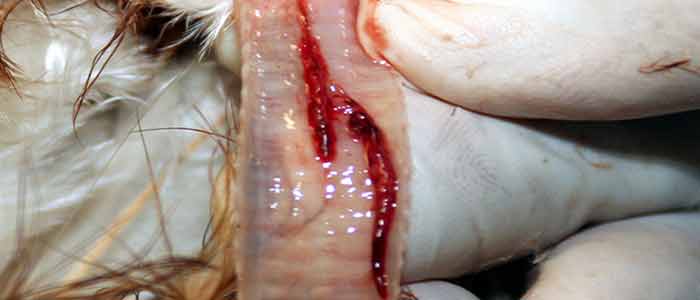China Connection
TB Fanatic
I am expecting food prices to go mad before long. Most reading this will most likely have a small garden. You need about 6 medium sized potatoes a day to get your protein needs. That adds up to 2, 190 potatoes a year.
I am growing floating plants like Azolla and Duckweed which are high protein and great food for worms. Worms can be grown on simple green fresh material and not have problems with heat resulting from composting providing you have enough worms. You would need about 100 grams a day of worms to cover your protein needs. You still needs quite an area of water surface to grow enough plants. Garden greens could also be added.
////////////////////////////////////////////////////////////////////////////////////////
Worms As a Food Source for Humans
By Laura Agadoni

A big earthworm.
Image Credit: K-Kucharska_D-Kucharski/iStock/Getty Images
You may think that humans eating worms is reserved for reality television fare, but that is not necessarily so. The reality is that humans in almost 90 countries eat insects and worms. In the United States, most people would only consider eating worms as a survival tool when stranded in the great outdoors. But, renowned chef David George Gordon wants to change peoples' minds regarding insects and bugs and features worm specialties he calls Superworm Tempura with Plum Dipping Sauce, Fried Green Tomato Hornworm and Alpha-Bait Soup in his book "The Eat-A-Bug Cookbook."
Gourmet Worms
In some parts of Asia, Africa and Latin America, people regularly eat worms. Some restaurants in the United States have jumped on the bandwagon to offer something different to patrons who consider themselves "foodies" or who want to claim bragging rights to their friends. Eating worms once in a blue moon in a restaurant, however, and eating them on a regular basis as part of your normal diet are two different animals. In fact, people who eat insects regularly as part of the culture typically do so out of necessity. Once people enter the realm of the middle class, their worm-eating repertoire will likely fall by the wayside, and they are apt to favor meat, according to Gabriella Petrick, a food historian quoted on MSNBC.
Studying a Culture
The Royal Society, an academy of the world's most prominent scientists, published a study on the nutrient content of earthworms in its namesake journal "The Royal Society" in January 2003. Researchers studied the eating habits of the Yekuana people of Venezuela who traditionally eat two kinds of earthworms – one type that lives in muddy streams and another that lives on the forest floor. The Yekuana people eat the worms fresh after heating them in water, or they smoke the worms over a fire.
Protein and Minerals
Worms contain protein comparable to the protein you would receive from consuming eggs and cow's milk, and the Yekuana people believe they have some medicinal uses as well. They give worms to people suffering from malaria and to women who have just given birth. Worms and cassava are all a woman eats, in fact, for a month after delivery. The Royal Society study also found that earthworms contain significant amounts of calcium, similar to what you would get from cow's milk and cheese. Earthworms are also a source of iron, magnesium, potassium, phosphorus and copper.
Parasitic Worms
Even though they look alike, do not confuse earthworms, which are edible for humans, to roundworms, which are parasites that infect people. Earthworms live on their own as a free species and eat substances found in soil, whereas the roundworm is a parasite that lives and feeds in a person's gut. You can get roundworms by poor sanitation and poor hygiene, particularly in warm, tropical climates. Avoid roundworms by washing your hands frequently, washing fruits and vegetables before eating them and deworming your pets.

 www.livestrong.com
www.livestrong.com
I am growing floating plants like Azolla and Duckweed which are high protein and great food for worms. Worms can be grown on simple green fresh material and not have problems with heat resulting from composting providing you have enough worms. You would need about 100 grams a day of worms to cover your protein needs. You still needs quite an area of water surface to grow enough plants. Garden greens could also be added.
////////////////////////////////////////////////////////////////////////////////////////
Worms As a Food Source for Humans
By Laura Agadoni

A big earthworm.
Image Credit: K-Kucharska_D-Kucharski/iStock/Getty Images
You may think that humans eating worms is reserved for reality television fare, but that is not necessarily so. The reality is that humans in almost 90 countries eat insects and worms. In the United States, most people would only consider eating worms as a survival tool when stranded in the great outdoors. But, renowned chef David George Gordon wants to change peoples' minds regarding insects and bugs and features worm specialties he calls Superworm Tempura with Plum Dipping Sauce, Fried Green Tomato Hornworm and Alpha-Bait Soup in his book "The Eat-A-Bug Cookbook."
Gourmet Worms
In some parts of Asia, Africa and Latin America, people regularly eat worms. Some restaurants in the United States have jumped on the bandwagon to offer something different to patrons who consider themselves "foodies" or who want to claim bragging rights to their friends. Eating worms once in a blue moon in a restaurant, however, and eating them on a regular basis as part of your normal diet are two different animals. In fact, people who eat insects regularly as part of the culture typically do so out of necessity. Once people enter the realm of the middle class, their worm-eating repertoire will likely fall by the wayside, and they are apt to favor meat, according to Gabriella Petrick, a food historian quoted on MSNBC.
Studying a Culture
The Royal Society, an academy of the world's most prominent scientists, published a study on the nutrient content of earthworms in its namesake journal "The Royal Society" in January 2003. Researchers studied the eating habits of the Yekuana people of Venezuela who traditionally eat two kinds of earthworms – one type that lives in muddy streams and another that lives on the forest floor. The Yekuana people eat the worms fresh after heating them in water, or they smoke the worms over a fire.
Protein and Minerals
Worms contain protein comparable to the protein you would receive from consuming eggs and cow's milk, and the Yekuana people believe they have some medicinal uses as well. They give worms to people suffering from malaria and to women who have just given birth. Worms and cassava are all a woman eats, in fact, for a month after delivery. The Royal Society study also found that earthworms contain significant amounts of calcium, similar to what you would get from cow's milk and cheese. Earthworms are also a source of iron, magnesium, potassium, phosphorus and copper.
Parasitic Worms
Even though they look alike, do not confuse earthworms, which are edible for humans, to roundworms, which are parasites that infect people. Earthworms live on their own as a free species and eat substances found in soil, whereas the roundworm is a parasite that lives and feeds in a person's gut. You can get roundworms by poor sanitation and poor hygiene, particularly in warm, tropical climates. Avoid roundworms by washing your hands frequently, washing fruits and vegetables before eating them and deworming your pets.

Worms As a Food Source for Humans | Livestrong.com
You may think that humans eating worms is reserved for reality television fare, but that is not necessarily so. The reality is that humans in almost 90 countries eat insects and worms. In the United States, most people would only consider eating worms as a survival tool when stranded in the...





















